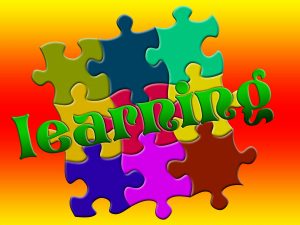Sprint Retrospective in Agile Projects
In addition to the Sprint Review, the Sprint Retrospective also takes place at the end of the Sprint and should last less than one hour (typically 45 minutes) for every week of the Sprint. The Sprint Retrospective should follow the Sprint Review but should be conducted before the Sprint Planning session for the next Sprint. At the Sprint Retrospective, the Scrum Team will reflect on the previous Sprint and identify methods for continuous process improvement. The meeting should be attended by the Scrum Master, Product Owner and also the Development Team.

Goals of the Sprint Retrospective
The Sprint Retrospective should look to determine:
- What went well?
- What did not go well?
- Do any impediments keep repeating?
- What is keeping us from increasing the velocity?
- What would we like to change?
- How should change be implemented?
- What have we learned?
- What still puzzles us?
Planning for the Sprint Retrospective
For the Sprint retrospective to be successful, the scrum team need to analyze the sprint honestly and thoroughly to determine what went well, and furthermore what improvements could be made. Each of the team members may make a few notes in advance of the meeting as well as during the meeting. These notes may include things like any impediments that were discussed during the daily stand-ups. Comparisons may be made between sprints to determine if improvements are being made, while comparisons may also identify where things have gone wrong.
The Retrospective Meeting
It is important to ensure the retrospective meeting remains an action-oriented meeting and should therefore not be a justification meeting. Hence if terms like “because” are being used during the discussion, then the team may be moving away from the action. It is the scrum masters responsibility to ensure that the meetings run on time and that they also do not overrun. This can often be difficult when the scrum team enters large debates, so a strong scrum master is required. Finally and most importantly the results from the meeting must be used to inspect and adapt throughout the project.
Our Favourite Agile Books




